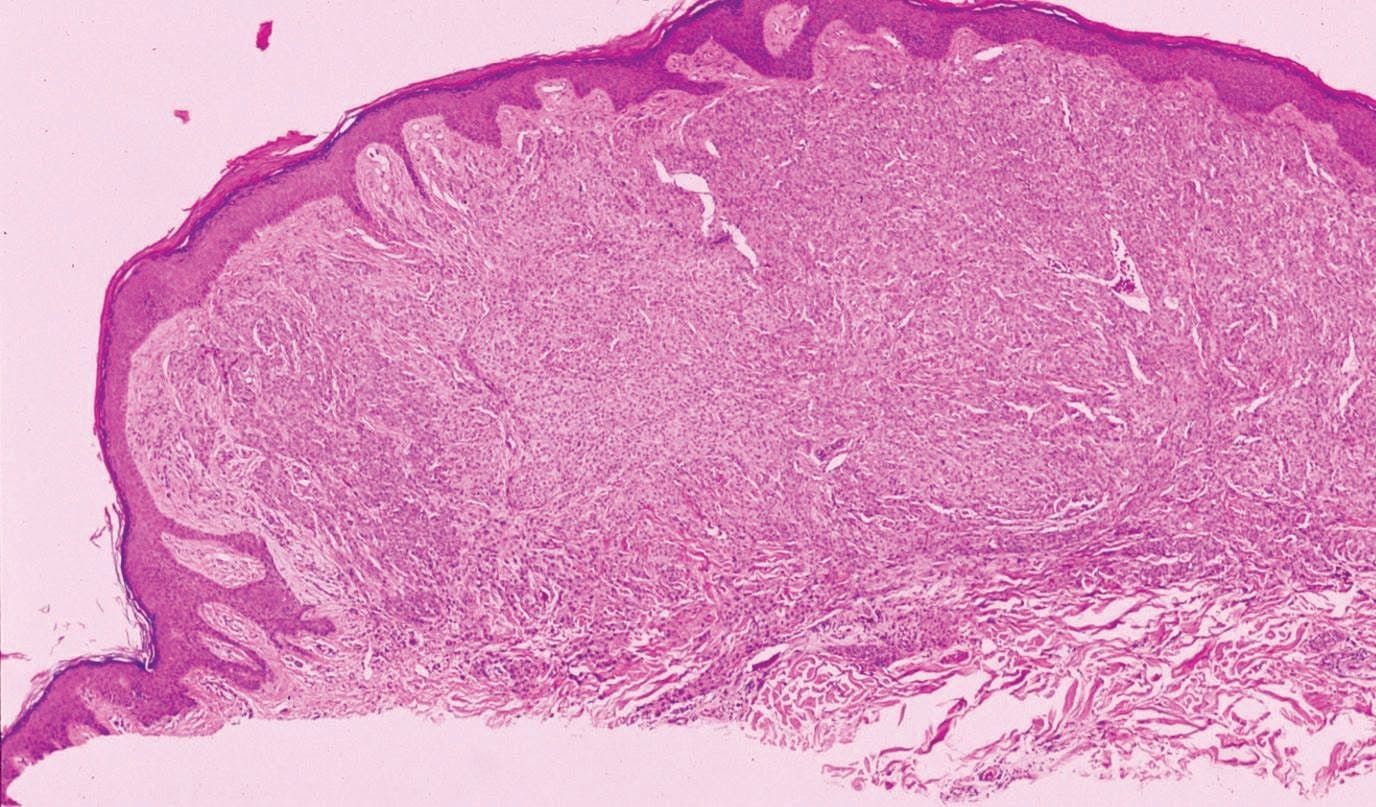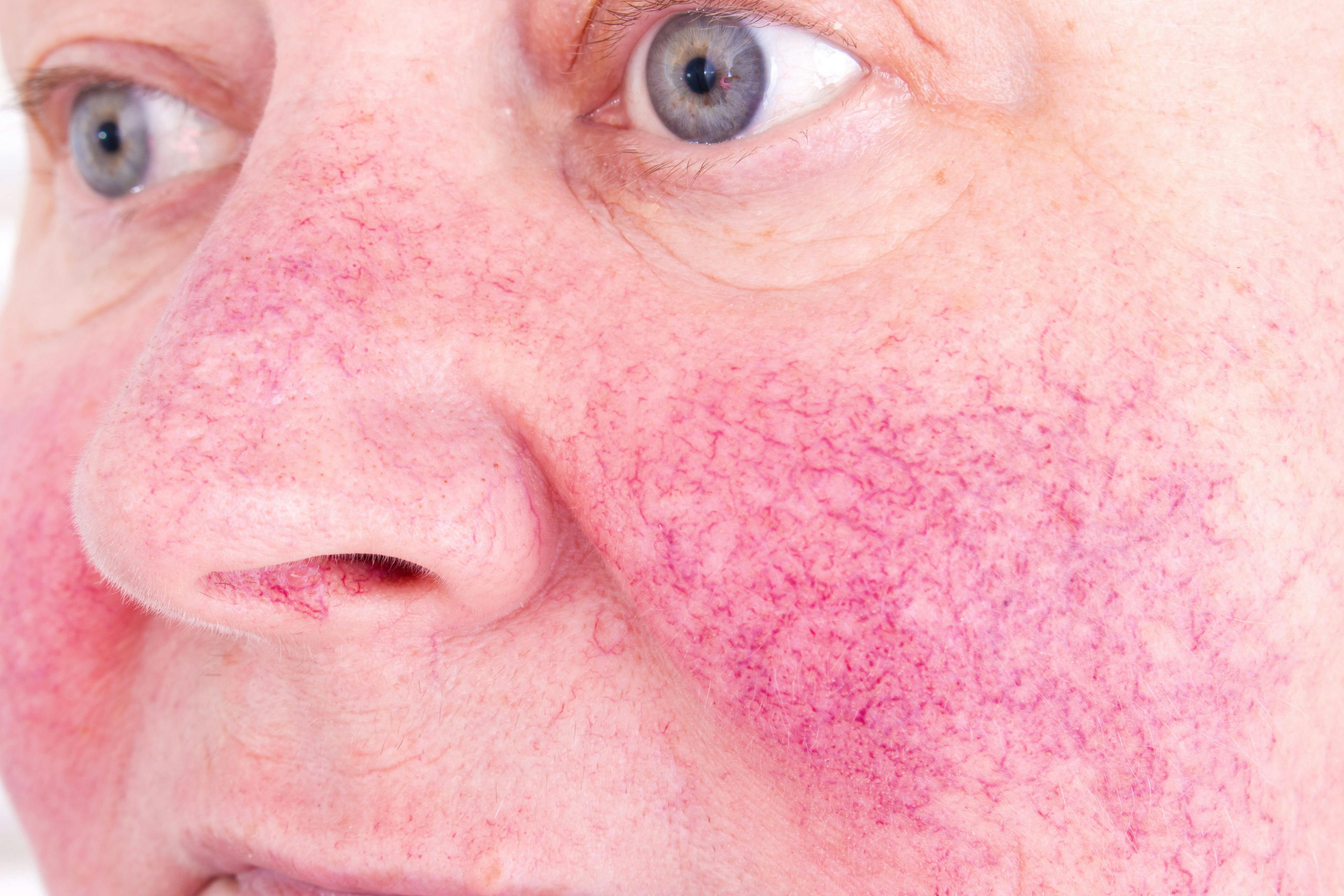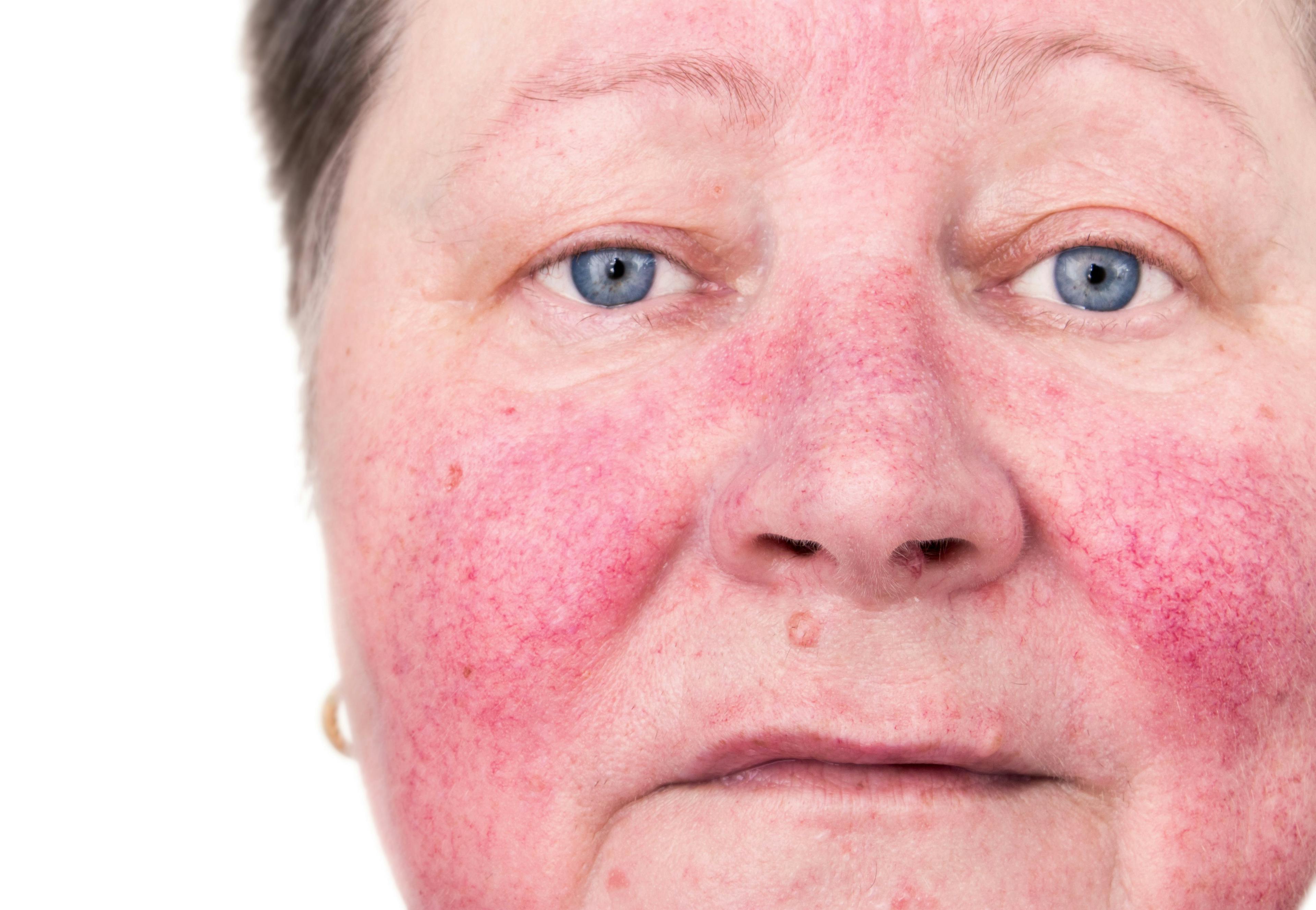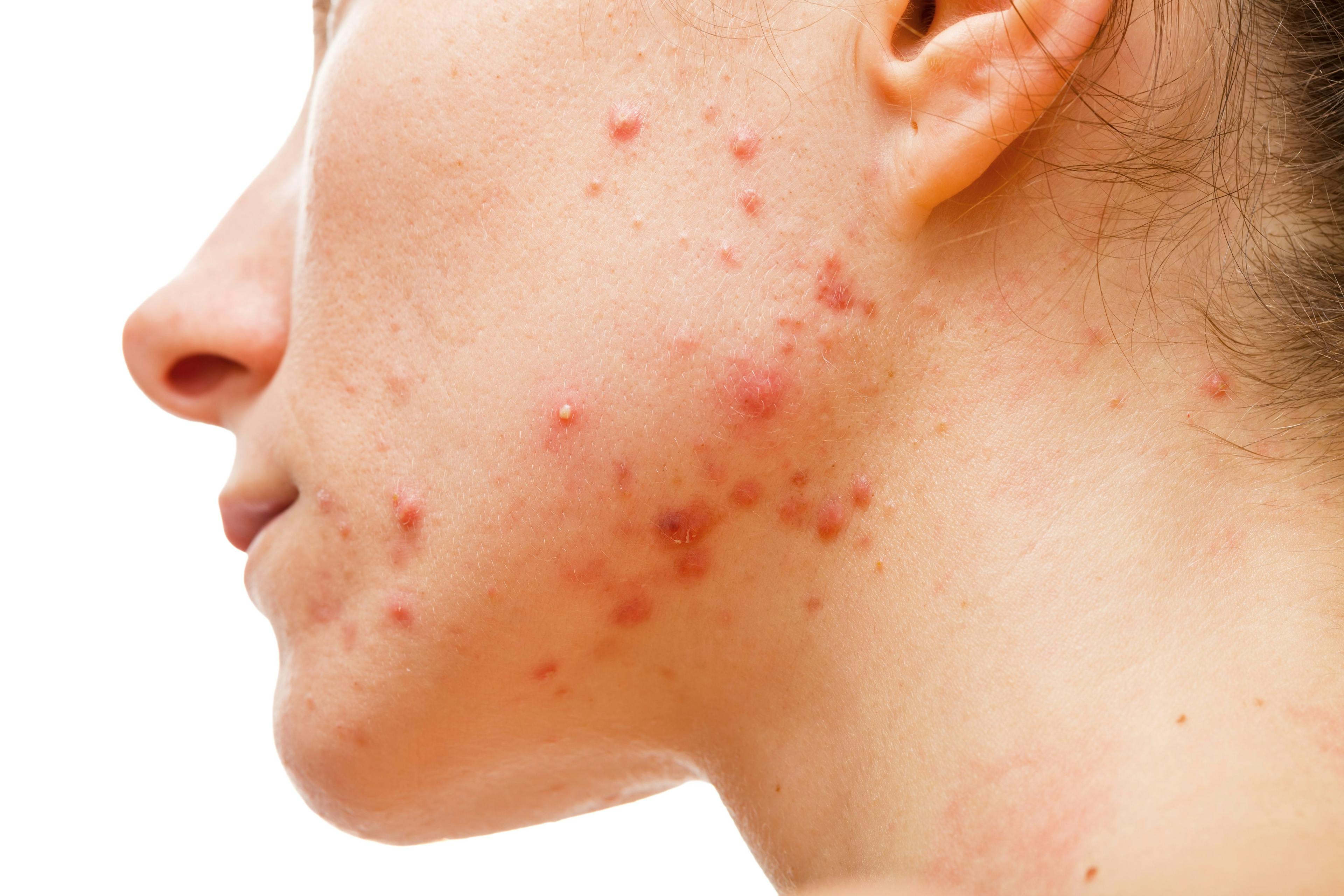- Acne
- Actinic Keratosis
- Aesthetics
- Alopecia
- Atopic Dermatitis
- Buy-and-Bill
- COVID-19
- Case-Based Roundtable
- Chronic Hand Eczema
- Drug Watch
- Eczema
- General Dermatology
- Hidradenitis Suppurativa
- Melasma
- NP and PA
- Pediatric Dermatology
- Pigmentary Disorders
- Practice Management
- Precision Medicine and Biologics
- Prurigo Nodularis
- Psoriasis
- Psoriatic Arthritis
- Rare Disease
- Rosacea
- Skin Cancer
- Vitiligo
- Wound Care
Publication
Article
Dermatology Times
Apremilast appears safe for children with psoriasis
Author(s):
Weight-based dosing of apremilast appeared to ensure comparable efficacy, safety and tolerability with in kids as in adults, and should be explored in future studies.
The importance of finding durable, safe treatment options for children with psoriasis is paramount, say study authors. (©Bexx21/Shutterstock.com)
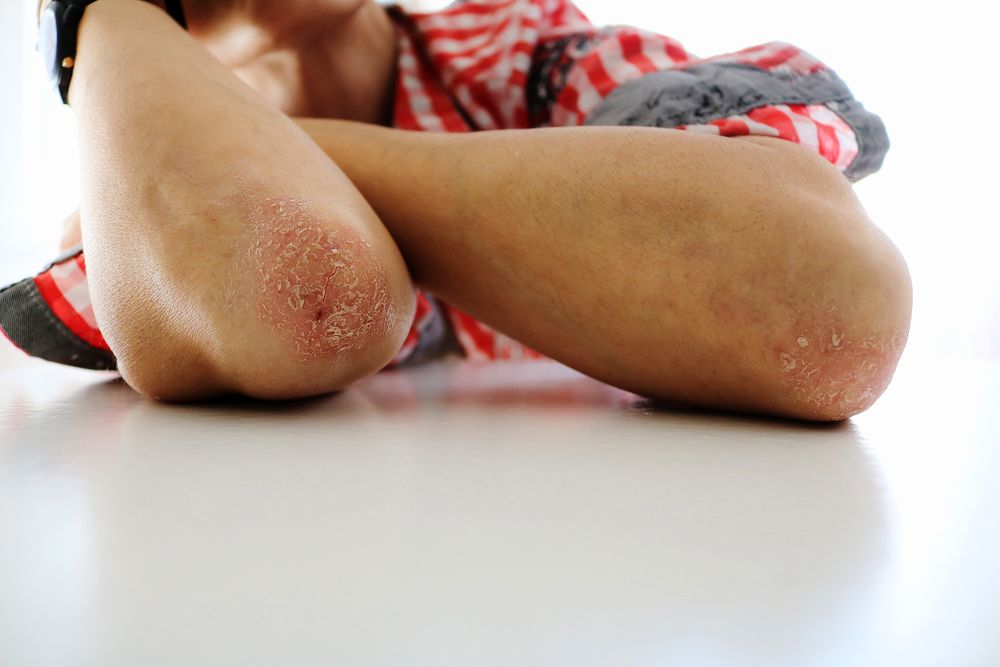
A dose-adjusted regimen of apremilast may be as effective in children as the 30-mg dose prescribed for adults, according to the results of a recent study that evaluated the pharmacokinetics (PK), safety and efficacy in children with moderate-to-severe plaque psoriasis.1
READ MORE: The evolving landscape of pediatric psoriasis
Investigators, lead by Amy Paller, M.D., at Northwestern University, Chicago, conducted a phase 2, multicenter, open-label study, enrolling 42 children (PASI≥12, BSA ≥10%, sPGA≥3) ages of 6 to 17 years with inadequately controlled disease following - or inappropriate for - topical therapy.
Participants were prescribed an age- and weight-based dose of apremilast for two weeks, followed by a 48-week extension treatment period and a post-treatment observational follow-up period of up to 52 weeks from the last dose.
In group one, patients ages 12 to 17 years who weighed ≥35 to <70 kg received apremilast 20 mg, twice per day. Those weighing ≥70 kg received apremilast 30 mg, twice per day -the equivalent of the adult dosing. In group two, children ages 6 to 11 years who weighed ≥15 kg received apremilast 20 mg, twice per day.
The primary endpoint was the pharmacokinetics (PK) of the drug based on blood samples obtained on days one and 14 at hourly intervals specific to each group. The safety evaluation was based on adverse events and clinical and lab assessments. The secondary endpoint was the taste measured on a faces Likert scale at day one, as this is a major challenge to adherence.
A total of 31 patients (74%) completed the 52-week extension, 11 patients (26%) withdrew from the study, only two (5%) of which cited adverse events.
READ MORE: Moderate plaque psoriasis may resolve with apremilast
Researchers found that apremilast reached its maximal serum concentration two to three hours after ingestion and analyses all supported the use of weight-based dosing to achieve exposure similar to that of a 30 mg, twice-per-day dose in adults. Most patients liked the taste of the medication, with only five participants reporting negatively on the faces Likert scale.
“Our preliminary findings provide the first evidence of the potential efficacy of apremilast in pediatric patients with plaque psoriasis, and safety was generally consistent with the known safety profile of apremilast in adult patients,” the authors write.
While the study sample was small and highly homegeneous, researchers concluded that the exploratory analysis supports the use of a weight-based dosing regminen in children. Efficacy and safety are being evaluated in phase 3 trials.
About one-third of patients in the United States first develop psoriasis in childhood or adolescence. Due to the chronic, inflammatory and long-term nature of the condition, early, effective management in children is important, the authors say.
The most frequently reported adverse events included nausea, headache, abdominal pain, nasopharyngitis, diarrhea and vomiting. Diarrhea, headache and nausea most frequently occured in the first month and generally resolved within three days.
Disclosures:
The study was funded by Celgene Corp.
References:
Paller, Amy S., et al. “Pharmacokinetics and Safety of Apremilast in Pediatric Patients With Moderate to Severe Plaque Psoriasis: Results From a Phase 2 Open-Label Study.” Journal of the American Academy of Dermatology (2019).
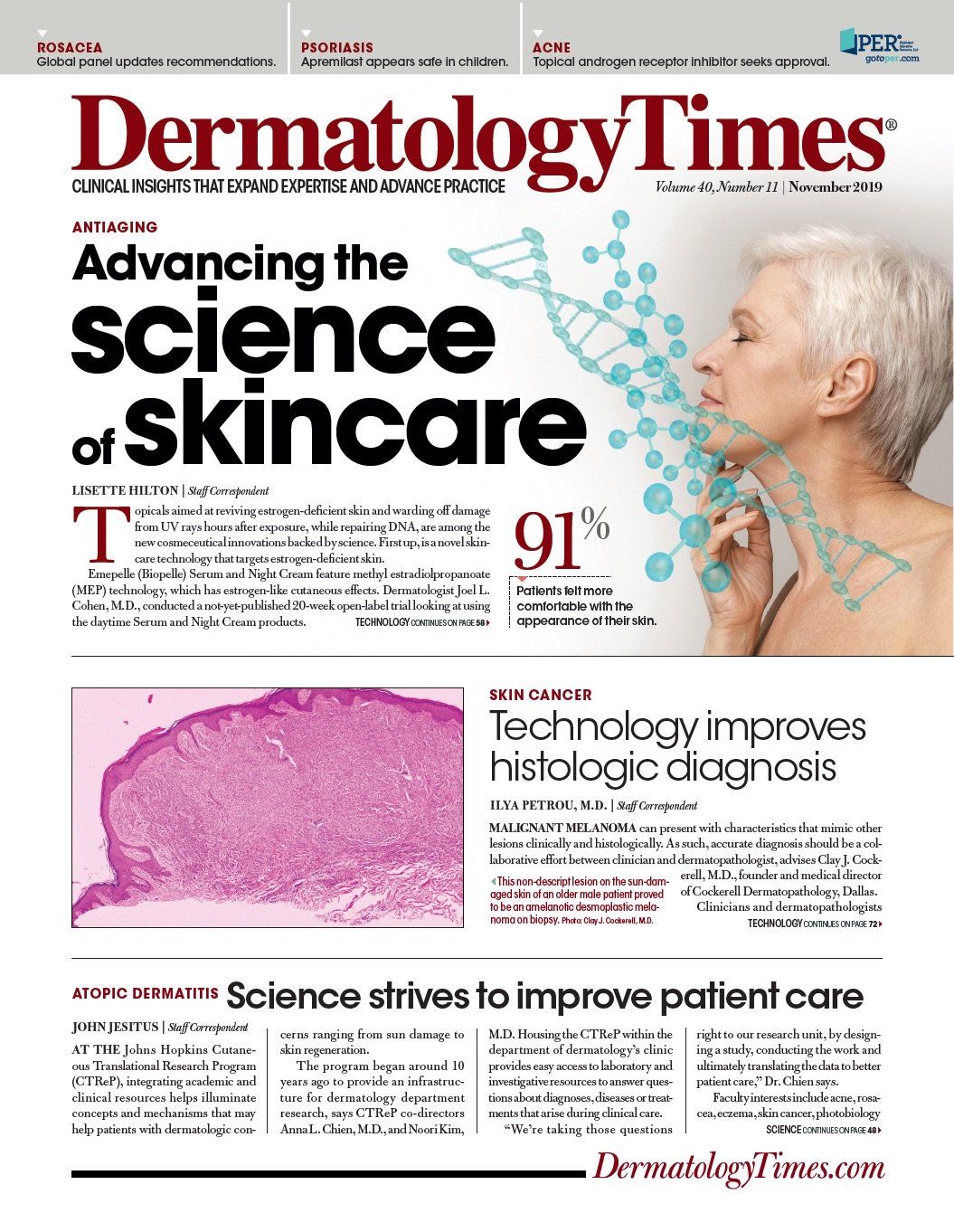
Newsletter
Like what you’re reading? Subscribe to Dermatology Times for weekly updates on therapies, innovations, and real-world practice tips.



